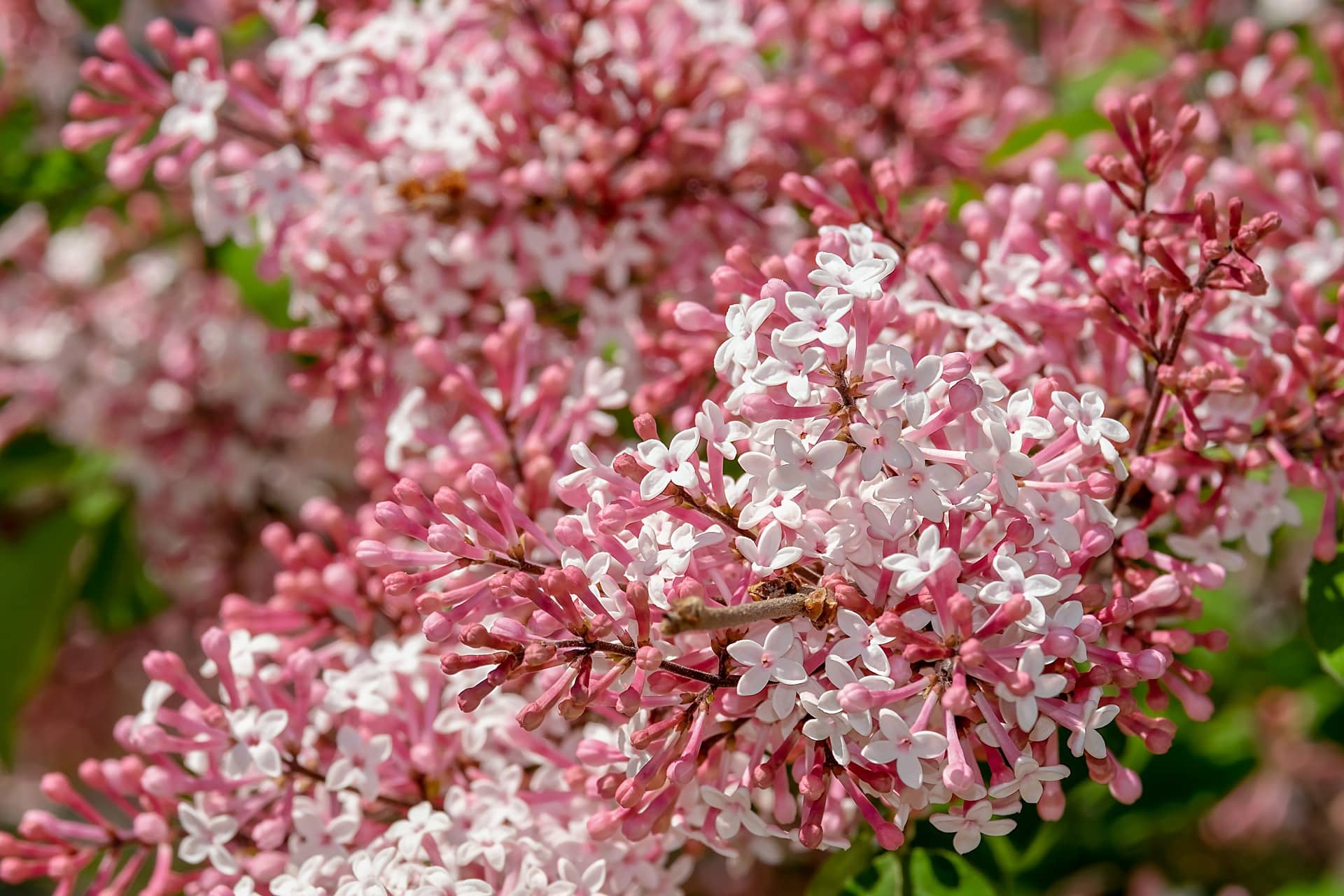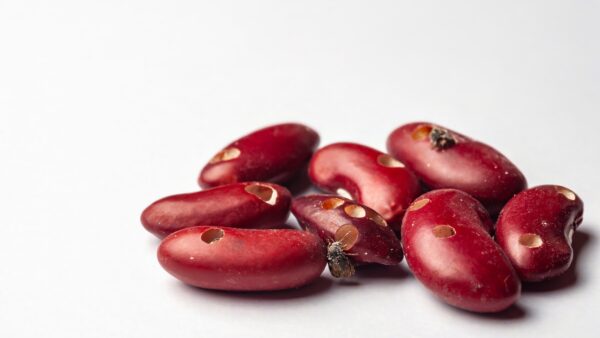Origin: The most common lilac Syringa vulgaris originated in Southeastern Europe, but other species came from Western Asia.
Family: Oleaceae
Scientific Name: Syringa
History: The first description of the lilac genus was by Carl Linnaeus in 1753. The scientific name is derived from the ancient Greek syrinx, which means pipe or tube. Stems of lilacs have a pith that can be removed to create panpipes.
Typical Appearance: Lilacs typically look like clusters of small, four-lobed flowers. These flowers can appear in conical to narrow pyramidal clusters up to eight inches long, with green, heart-shaped leaves.
Colors: Range from very pale to very dark purple. Can also come in hues of red, pink, blue, yellow, cream and white.
Species: There are about 30 different species of lilac.
Popular Varieties:
Chinese Lilac (Syringa x chinesis)
Early Flowering Lilac (Syringa x hyacinthiflora)
Hungarian Lilac (Syringa josikaea)
‘Miss Kim’ (Syringa pubescens patula)
Breeding Endeavors: New lilacs are being bred for an extended bloom time or a rebloom, manageable status and more heat tolerance.
Did You Know?: Lilacs belong to the same family as olives and are also known as “Queen of Shrubs”.
Breeders: Jung Seed, Proven Winners, Earl May, Breck’s, Gurney’s Seed & Nursery Co., Burpee, Gardens Alive!, American Meadows
Source: National Garden Bureau











